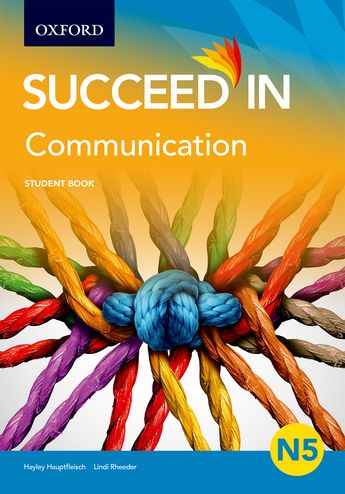Part 1: Organisational communication
1Corporate culture
2External communication
3Internal communication
4Organisational hierarchy
5Formal communication channels
6Briefings
7Intervention
8Informal communication
9Work ethics
10Development of listening skills
Part 2: Formulation of aims and objectives
1Definition of aims and objectives
2Determining aims and objectives
3Evaluating aims and objectives
4Time management
Part 3: Media, communication and advertising
1The main mass media
2The communication process used by mass media
3Functions of the mass media
4The language employed by the mass media
5Manipulative reporting
6Propoganda
7Advertising in the mass media
8Requirements for effective advertising
9Important aspects in the design of an advertisement
Part 4: Presentation communication
1Introduction to presentation communication
2The purpose of making a speech
3Preparing a speech
4Coping with nervous tension
5Non-verbal aspects determining the success of a speech
6Language use when doing a presentation
7Visual aids
8Occasional speeches
9Actions that promote goodwill
Part 5: Multicultural communication in the business world
1Introduction to multicultural communication
2Cultural differences that could influence communication
3Possible language barriers
4Recognising unsuccessful communication
5Developing multicultural communication skills
6Corporate culture
Part 6: Language usage
1Core notes
2Precis writing
3Subjective and objective language
4Reference works
Part 7: Concise communication
1Telephone calls and messages
2Fax messages
3Telegrams
4Internal memoranda
5Formal invitations
6Notices and bulletin boards
7Advertisements
8Questionnaires
9Graphic material
10Layout, design and content
Part 8: Letters
1The format of all business letters
2Letter of invitation to a guest speaker
3Reply to an usuccessful applicant
4Letter to the press
5Sales letter
6Circular letter
Part 9: Meeting procedure
1Committee meetings and monthly general meetings
2Annual general meetings
Part 10: Reports
1The format of a report
2Investigation reports
3Feedback reports
